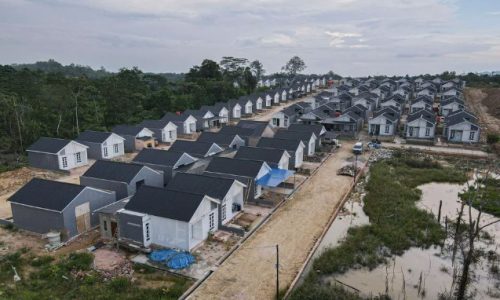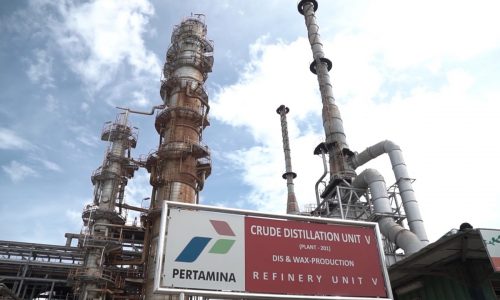The Indonesian Association of Quartz Miners (HIPKI) has welcomed the government’s plan to draft a roadmap for the downstream development of silica into silicon wafers from 2025 to 2035 to support the semiconductor industry.
The government is pushing for the optimization of silica processing industries to produce silicon wafers, especially solar-grade silicon (SGS), which Indonesia currently lacks.
Ady Indra Pawennari, Chairman of HIPKI, stated that silica from quartz sand is a crucial component in microchip production, where silicon plays a vital role in the electronics industry as the raw material for transistors.
“These transistors are semiconductors that are vital components in electronic microchips and solar cells,” said Ady on September 28, 2023.
The government’s roadmap for downstream silica development is seen as a significant opportunity for silica or quartz sand miners. Ady emphasized the need for active government participation in bridging the gap between upstream and downstream sectors. Effective collaboration is essential to maximize the benefits and contributions to the processing industry and other related sectors.
Many consider quartz sand as the “new nickel,” with more than 60,000 derivative products. However, Ady stressed that the downstream processing of quartz sand must be carried out carefully and systematically due to its differing characteristics from nickel.
Unlike nickel, which Indonesia dominates with the world’s largest reserves, quartz sand does not hold the same position in the global market. Indonesia’s quartz sand production volume is not among the top 10 in the world, with a market share of only about 3.5%.
The selling price of quartz sand at mining sites generally ranges from approximately IDR 50,000 to IDR 100,000 per ton. For domestic sales, prices reach around IDR 160-220 thousand per ton at buyer locations. The current export price (for silica content >99.5%) is approximately US$ 32 per ton FOB Vessel.
Previously, the Ministry of Industry unveiled the potential for downstream silica development into silicon wafers to support the domestic photovoltaic (PV) module and semiconductor industry.
According to the National Industry Information System (SIINas) of the Ministry of Industry, there are currently 21 silica sand processing companies with installed capacities of 738,536 tons per year, with a production volume realization of 404,755 tons from 9 companies in 2022.
Referring to data from the Ministry of Energy and Mineral Resources (ESDM), there are 328 silica sand reserve companies in Indonesia, with 98 holding Mining Business Permits (IUP) and 82 holding Exploration IUPs. In 2021, the silica sand mining realization was 2.01 million cubic meters, with a total reserve of 330 million tons.
From the perspective of raw materials for the PV and semiconductor industries, data from the Central Statistics Agency (BPS) for 2022 states that the potential value of import substitution for silicon wafers reached US$ 17.7 million, US$ 120 million for semiconductor products, US$ 6.2 million for unassembled solar cells, and US$ 65.9 million for assembled solar cells.
Silica sand export ban to develop domestic solar panel prodction
The Indonesian government, under President Joko ‘Jokowi’ Widodo’s administration, had previously planned to restrict silica sand exports as part of efforts to reduce dependence on imported components for solar panels.
Silica sand can serve as a raw material for solar panels, and it is also valuable in various domestic industries, including ceramics and toothpaste production.
Singgih Widagdo, Chairman of the Indonesian Mining & Energy Forum (IMEF), explained that silica sand is widely used in various industries globally. It is employed in the production of glass, cement, concrete, ceramics, textiles, paper, cosmetics, electronics, paint, films, toothpaste, and more.
Singgih further revealed that Indonesia is rich in silica sand resources, with total reserves reaching up to 25.33 billion tons and proven reserves of 331 million tons.
President Joko ‘Jokowi’ Widodo had previously expressed a firm intention to prohibit silica sand exports. According to the government’s calculations, silica sand, or quartz sand, has numerous derivatives with added value.
The Indonesian Association of Quartz Miners (HIPKI) disclosed that Indonesia began exporting silica sand in 2020, with all exports directed to China.
Currently, Indonesia is not solely focused on exporting silica sand but also uses it domestically in industries such as cement and bricks. Approximately 80% of the silica sand is used within the country, while the remaining 20% is exported.










